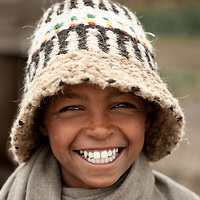About menz guassa
Menz-Guassa Community Conservation Area (GCCA)’s stunning views and abundant wildlife make it a destination not to be missed.
Guassa Community Conservation Area is found in Amhara National Regional State, North Shoa Administrative Zone and in Menz-Gera Midir Woreda (district), 260km northeast of Addis Ababa by road. The area is among the Ethiopian highlands’ most pristine and secluded natural wonders. Along the 90-minute drive (80km) from Tarmaber, the hustle and bustle of urban life fades into the slower pace of a traditional Menz village. The plateau itself promises breathtaking views and numerous endemic bird and wildlife species, including the iconic Ethiopian wolf (Canis simensis) and gelada (Theropiticus gelada)
The area is managed through a common property resource system by the communities living adjacent to the Guassa Area. This indigenous management system has been traced back to the 17th century and is one of the oldest conservation management systems in Sub-Saharan Africa. At present, Guassa user communities live in nine kebeles (farmers’ associations) adjacent to Guassa Community Conservation Area. The area is managed by Guassa Conservation Council which has kebele and woreda level components and consist of both community and local government representatives.
Ecotourism development in Guassa Community Conservation Area is being promoted by Frankfurt Zoological Society and local government in order to generate an alternative income for the Guassa user communities and to support management of the GCCA. The project has established the Guassa Community Lodge and designated wilderness camping grounds, which are managed by the Guassa Community Tourism Association on behalf of the Guassa council.
Guassa Community Conservation Area offers a wide variety of products and services, ranging from four-day treks to single night stays with short hikes. Visitors can discover a traditional Menz village and enjoy longer trekking experiences, mule rides and overnight wilderness camping. The income generated by tourism is returned to the community and supports the conservation of the Guassa GCCA.
Flora

The vegetation of the Guassa Area is characterized by high altitude Afroalpine vegetation within which different communities exists: the variation of Afromontane plant formations are a main attraction of the area.
The high altitude Afroalpine vegetation contains different dominant habitats such as Festuca grass land (Guassa grass) from which the area takes its name, Euryops-Alchemilla shrubland, Erica moorland and other common plants such as Carex monistachia; Carex fischeri; Hydrocotyle mannie; Alchemill, Kniphofia foliosa and many more.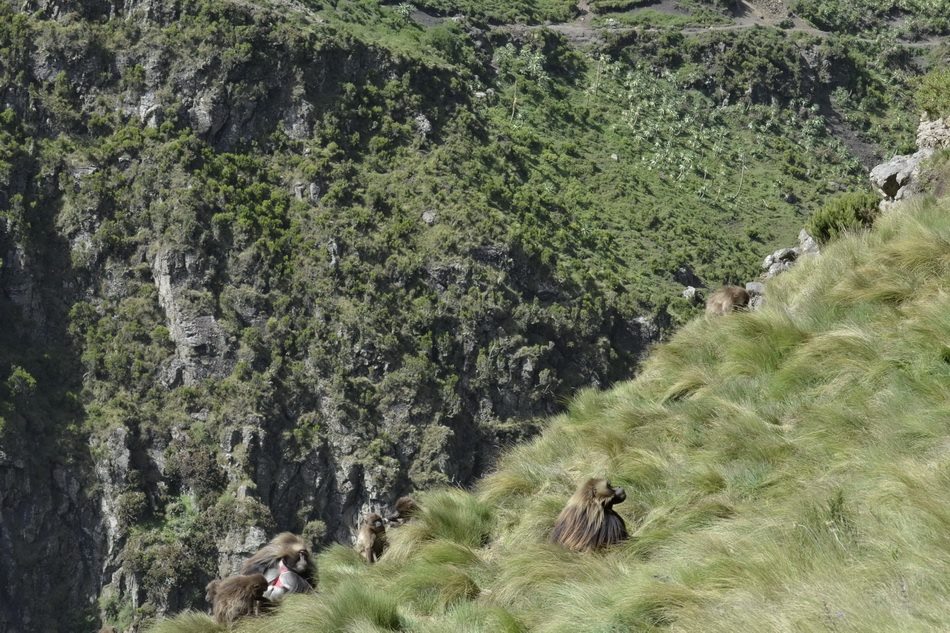
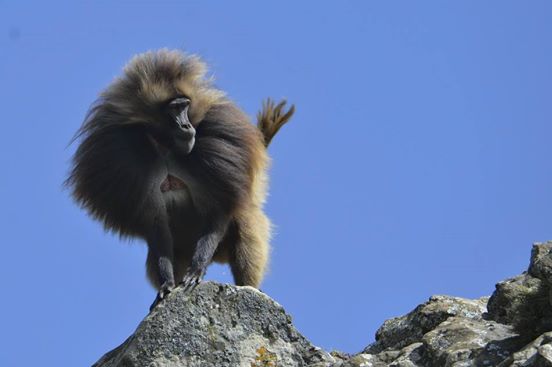


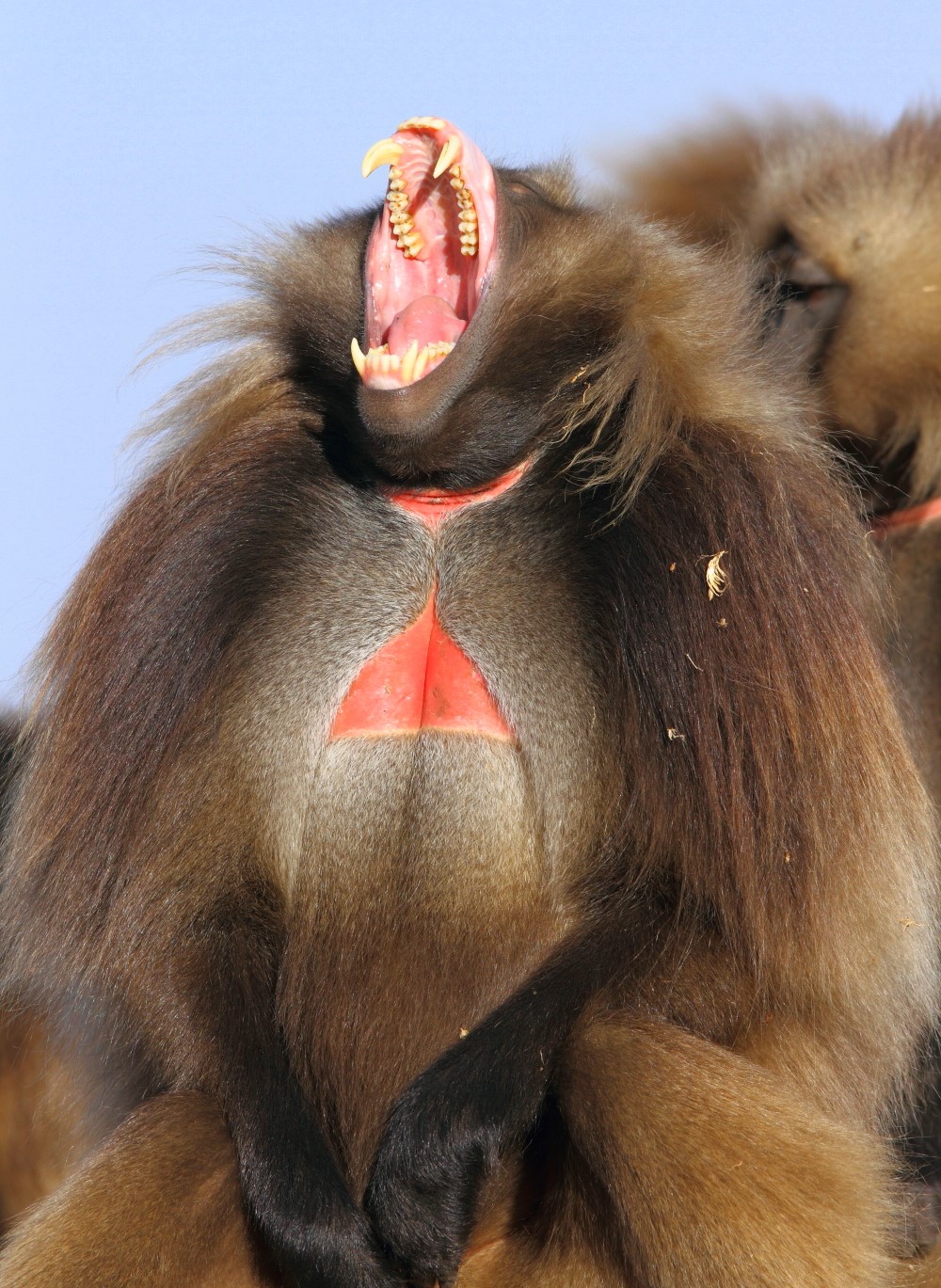
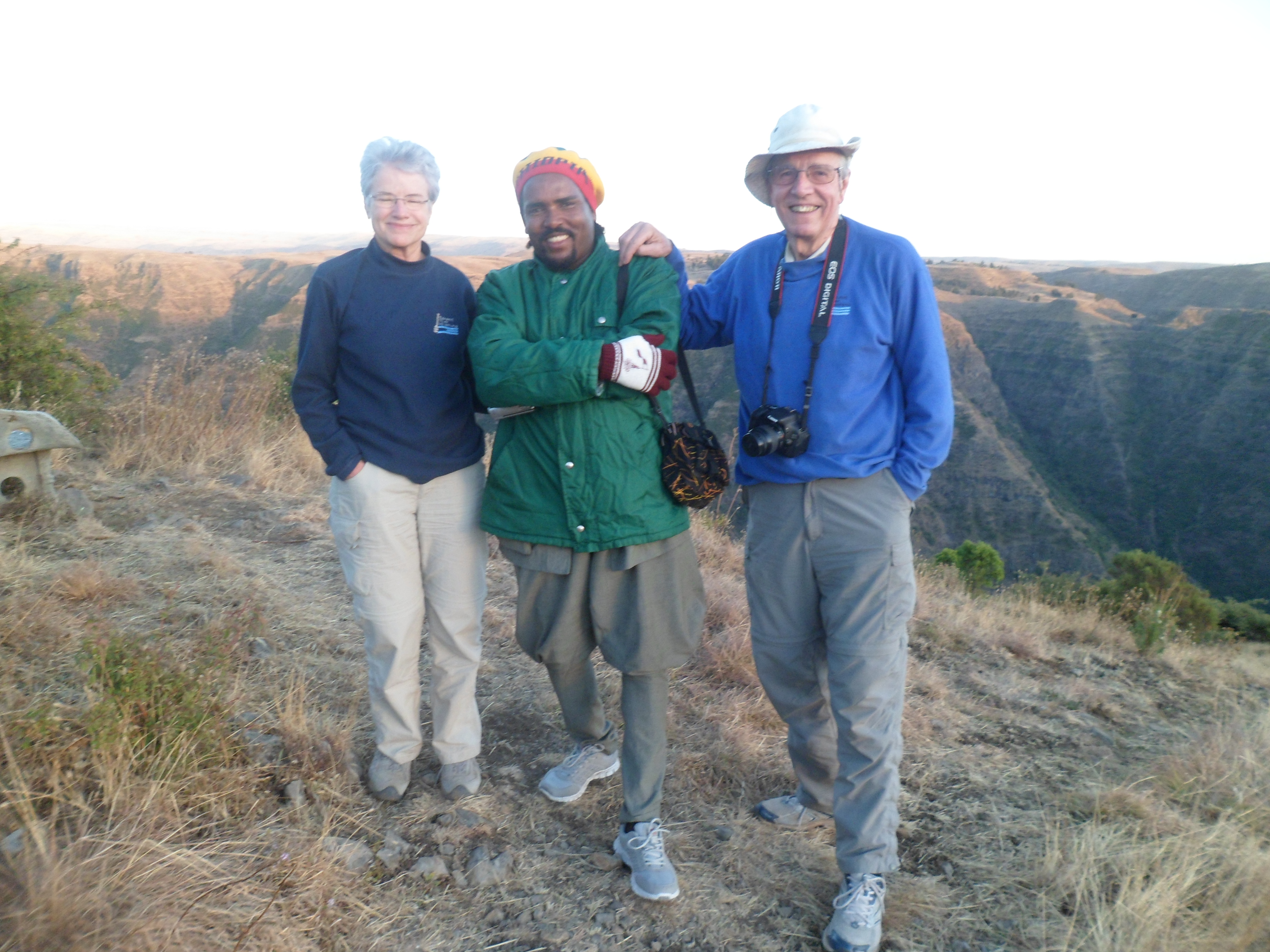

 Fresh local bread
Fresh local bread
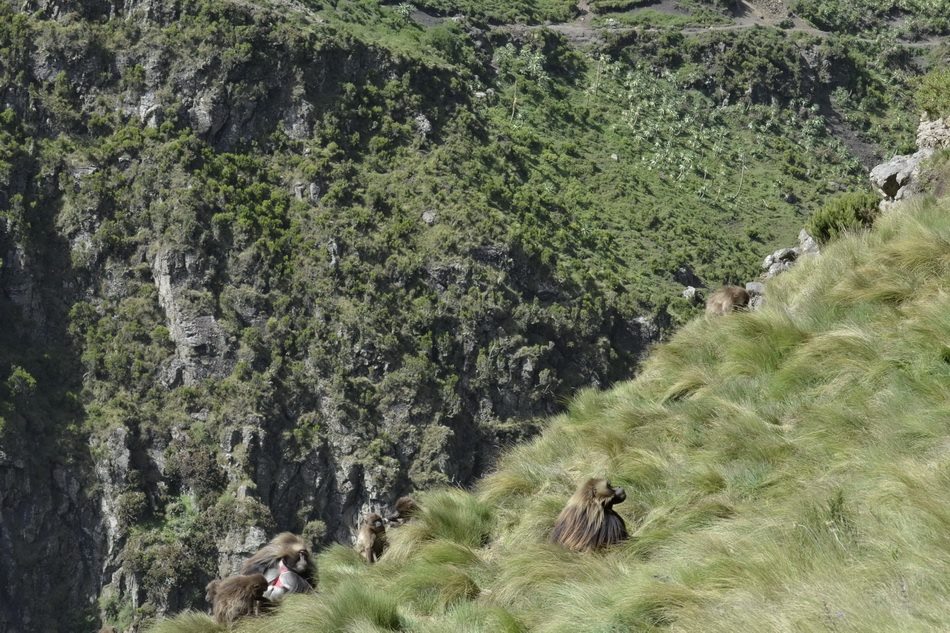
 Giant Lobelia
Giant Lobelia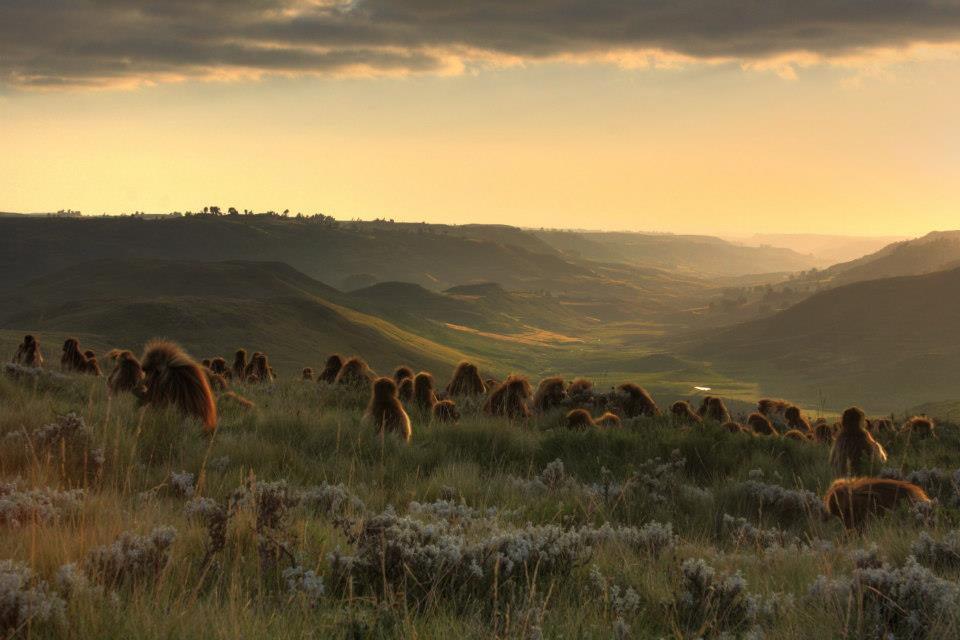
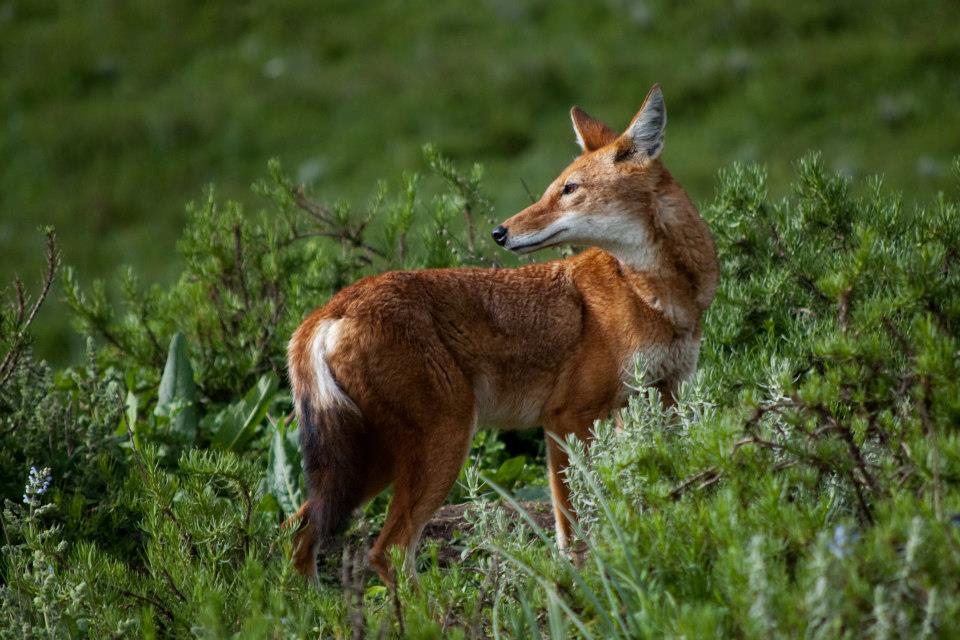
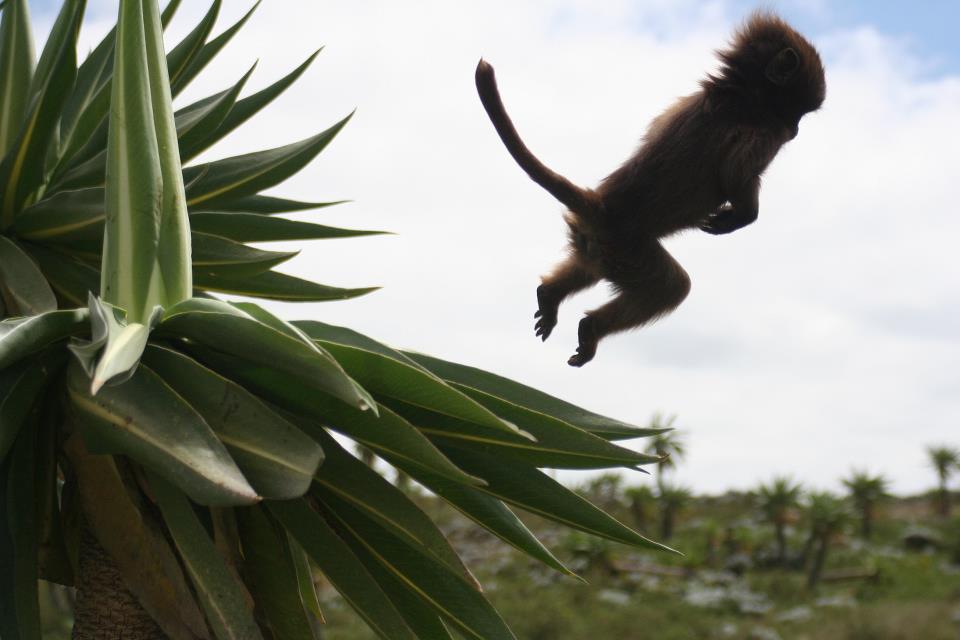
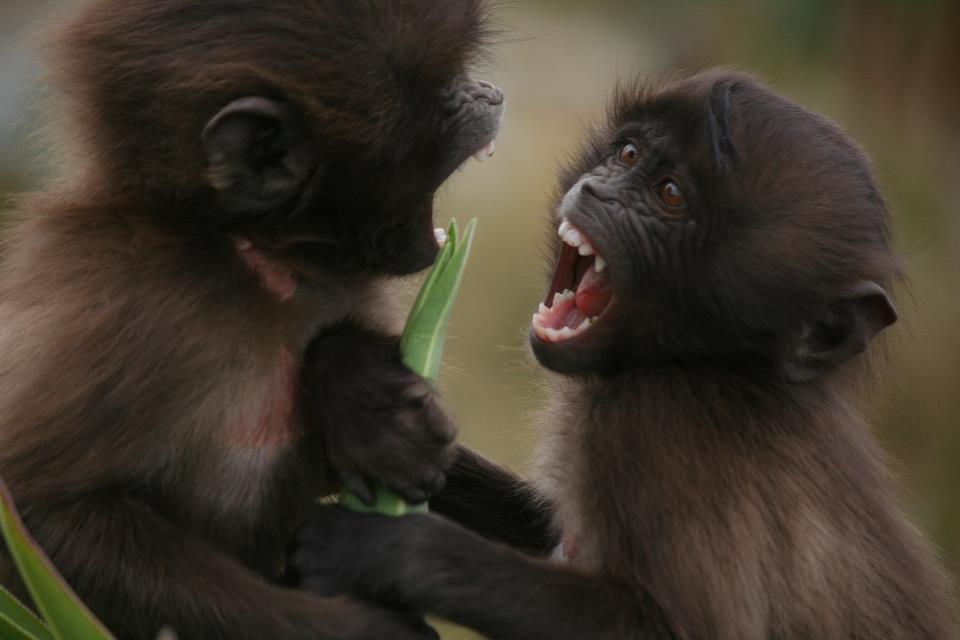
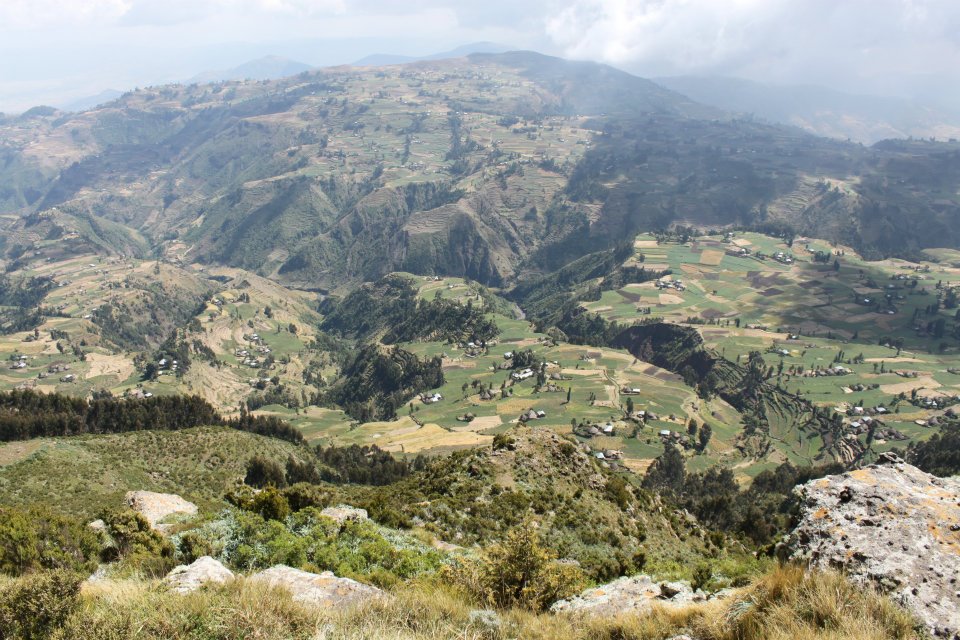
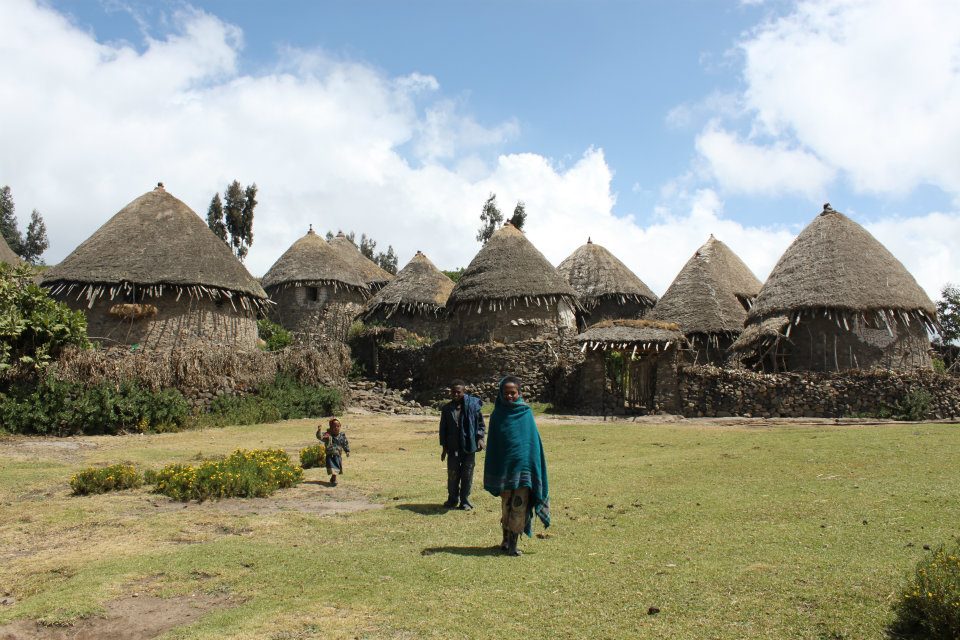
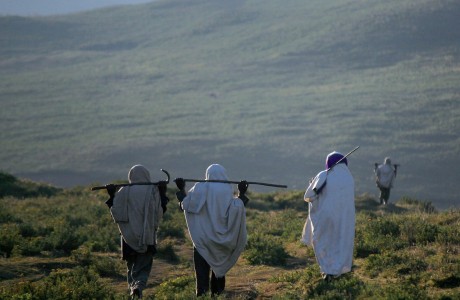

 Menz Village
Menz Village